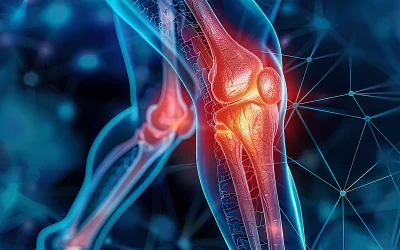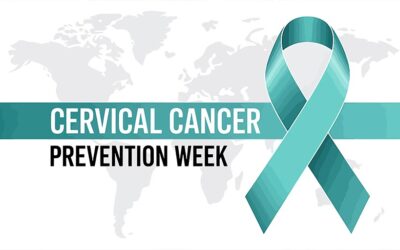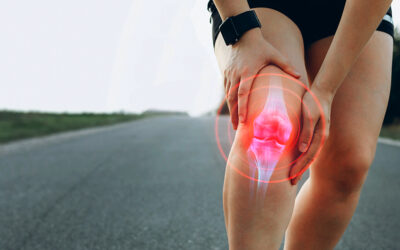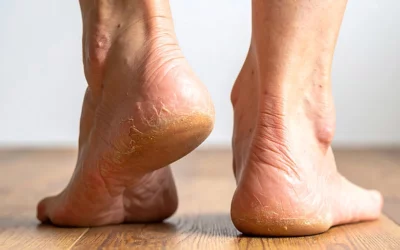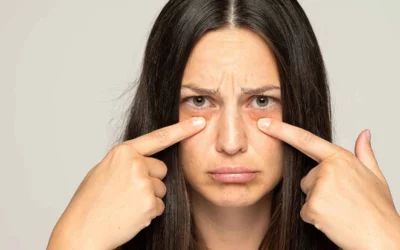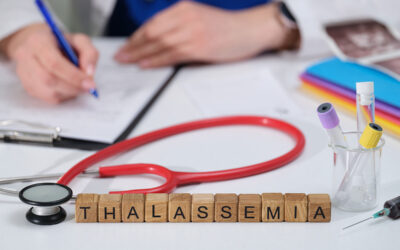World Physiotherapy Day 2025: Understand the Role of Physiotherapy in Healthy Ageing
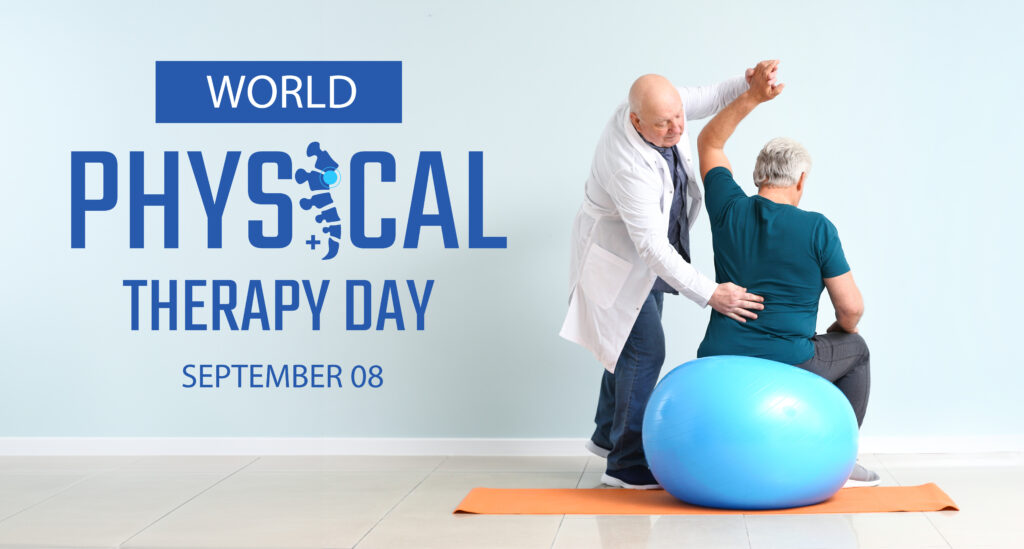
Growing older is a natural part of life, but “how” we age can make a big difference to our overall health, independence, and quality of life. For many people, the later years of life are shaped not only by medical conditions but also by the ability to move freely and stay active. As a person ages, physiotherapy helps provide them with the strength, balance, and confidence to live life fully. In this article, we will discuss the role of physiotherapy in supporting active and healthy ageing and why it takes centre stage in the 2025 observance of World Physiotherapy Day.
Table of Contents
ToggleSignificance of World Physiotherapy Day 2025
World Physiotherapy Day, celebrated every year on 8 September, raises awareness about how physiotherapy keeps people active, independent, and healthy at all stages of life. Each year focuses on a specific theme, and in 2025, the spotlight is on healthy ageing, with a special focus on preventing frailty and falls.
Why the Focus on Ageing?
The world’s population is getting older at an unprecedented rate.
- In 2019, about 1 billion people were 60 years or older.
- By 2030, this will rise to 1.4 billion, and by 2050 it will reach 2.1 billion.
- The number of people aged 80 years and above will triple by 2050, reaching 426 million.
With more people living longer, there is a greater need for support systems that help maintain mobility, strength, and overall well-being in older adults.
Key Messages for World Physiotherapy Day 2025
- It’s never too late to start: Exercise and strength training are good for every age, even if you’ve never done them before.
- Exercise prevents falls: Physiotherapists can create safe, personalised exercise plans to improve balance and stability.
- Stay strong and independent: Strong muscles, good flexibility, and better balance help you avoid injuries.
- Lower frailty risk: Regular physical activity can make you up to 41% less likely to become frail as you age.
By focusing on healthy ageing, this year’s campaign encourages people to stay active, seek professional guidance, and use physiotherapy to enhance quality of life well into later years.
Understanding Physiotherapy
Physiotherapy is a branch of healthcare that focuses on restoring movement, reducing pain, and improving overall function after injury, illness, or surgery. It uses a combination of exercises, manual therapy, education, and advanced techniques to help people recover faster and prevent further problems.
Physiotherapy is not limited to recovery, it also plays a key role in preventing health issues, improving posture, building strength, and enhancing flexibility. Whether it is helping someone regain mobility after a fracture, improving lung function in respiratory illnesses, or managing long-term conditions such as arthritis, physiotherapy offers tailored solutions for people of all ages.
By addressing the root cause of a problem rather than just the symptoms, physiotherapy promotes long-term health, independence, and a better quality of life.
Common Types of Physiotherapy Treatments
Physiotherapy offers specialised treatment approaches to meet the needs of different conditions and patient groups. Some of the most common types include:
Orthopaedic Physiotherapy
Focuses on treating injuries and conditions affecting bones, joints, muscles, ligaments, and tendons. It helps in recovery after fractures and sports injuries through targeted exercises and manual therapy.
Neuro Physiotherapy (Neurological Physiotherapy)
Designed for people with conditions affecting the brain, spinal cord, or nerves, such as stroke, multiple sclerosis, or spinal cord injuries. It aims to improve coordination, balance, and muscle strength while promoting independence.
Chest Physiotherapy
Used to improve lung function and clear mucus from the airways, particularly in conditions such as chronic bronchitis, pneumonia, or after surgery. It may include specific procedures and steps like percussion, vibration, and deep breathing exercises.
Laser Therapy in Physiotherapy
A non-invasive treatment that uses specific wavelengths of light to reduce pain, improve circulation, and promote faster healing in muscles and soft tissues.
Physiotherapy for Back Pain
Targets pain relief, posture correction, and strengthening of back and core muscles to improve stability and prevent future discomfort.
Read more-Knee Arthritis: Types, Symptoms, and Treatments
Role of Physiotherapy in Rehabilitation, Prevention, and Holistic Care
Physiotherapy helps people at different stages of their health journey:
- Rehabilitation after injury or surgery: Restores movement, builds strength, and helps patients return to daily activities.
- Long-term condition management: Supports people living with chronic problems such as arthritis, back pain, or neurological conditions.
- Prevention of future problems: Uses targeted exercises, posture correction, and lifestyle tips to reduce the risk of injuries, falls, and age-related decline.
- Holistic approach: Focuses on the overall well-being of the patient, including physical, emotional, and functional needs.
- Team-based care: Works alongside doctors, surgeons, and other specialists to create personalised recovery plans.
- Patient education: Guides patients on safe movements, home exercises, and healthy habits to maintain progress.
Read more- Rheumatoid Arthritis: A Guide to Early Detection and Treatment
Physiotherapy Exercises and Techniques
Physiotherapists use a variety of exercises and methods to improve movement, reduce pain, and speed up recovery. Common examples include:
- Strength training: Builds muscle power to support joints and improve stability.
- Balance and coordination exercises: Helps prevent falls and improve overall body control.
- Stretching routines: Increases flexibility and reduces muscle tightness.
- Posture correction exercises: Improves alignment and reduces strain on the spine.
- Breathing exercises: Supports lung function, especially after illness or surgery.
- Manual therapy: Hands-on techniques to relieve pain and improve joint movement.
- Electrotherapy or laser therapy: Uses specialised equipment to reduce pain and promote healing.
Read more-Frozen Shoulder: Causes, Symptoms, and Treatments
Why Choose Graphic Era Hospital for Physiotherapy Treatment?
Specialised Care
Our physiotherapy team includes highly trained specialists experienced in treating a wide range of conditions, from orthopaedic and neurological issues to post-surgical rehabilitation and respiratory care. Each treatment plan is personalised to suit the patient’s age, condition, and goals.
Cutting-Edge Technology
The hospital is equipped with advanced physiotherapy tools and techniques, including laser therapy, electrotherapy, and modern rehabilitation equipment, ensuring safe, effective, and evidence-based care.
Patient-Centred Care
At Graphic Era Hospital, patients are active partners in their recovery. Physiotherapists work closely with doctors and rehabilitation experts to provide ongoing guidance, emotional support, and high-quality attention at every stage of treatment.
Call for Awareness and Action
World Physiotherapy Day 2025 is a reminder of how important it is to stay active, maintain strength, and seek professional guidance for healthy ageing. Taking simple steps such as regular exercise, balance training, and posture correction can make a big difference in preventing injuries and maintaining independence. Consulting a physiotherapist ensures these activities are safe, effective, and tailored to individual needs. For expert physiotherapy care in Dehradun, consult the specialists at Graphic Era Hospital. Call 18008897351 to book an appointment and take the first step towards better mobility and long-term well-being.
Frequently Asked Questions
What conditions can physiotherapy help treat?
Physiotherapy can support recovery and improve function in conditions such as back pain, arthritis, sports injuries, neurological disorders, post-surgical rehabilitation, and respiratory problems.
Is physiotherapy for back pain effective?
Physiotherapy for lower back pain can help reduce discomfort, improve posture, strengthen core muscles, and prevent future problems through targeted exercises and manual therapy.
What is the theme for World Physiotherapy Day 2025?
The theme focuses on the role of physiotherapy and physical activity in healthy ageing, with an emphasis on preventing frailty and falls through safe, personalised exercise plans.
How can I find physiotherapy treatment near me in Dehradun?
Graphic Era Hospital offers expert physiotherapy services in Dehradun, including orthopaedic physiotherapy, neuro physiotherapy, and chest physiotherapy. Patients can call 18008897351 to book an appointment with a specialist.
What is chest physiotherapy and when is it needed?
Chest physiotherapy is a treatment to improve lung function and clear mucus from the airways. It is often recommended for conditions such as pneumonia, chronic bronchitis, or after surgery to aid breathing.
Can laser therapy in physiotherapy help with pain relief?
Yes, laser therapy in physiotherapy uses specific light wavelengths to reduce pain, improve blood flow, and speed up tissue healing in conditions like muscle strains, joint pain, and soft tissue injuries.
By Specialities
- Bariatric Surgery
- Cancer Care
- Cardiology
- Dental
- Dermatology
- Diabetes & Endocrinology
- Endocrinology and Diabetes
- ENT (Ear Nose Throat)
- Eye Care
- Gastroenterology
- Haematology
- Health Care
- Health Tips
- Hematology
- Hepatology
- Internal Medicine
- Mental Health and Behavioural Sciences
- Metabolic
- Neonatology
- Nephrology
- Neurology
- Nutrition & Dietetics
- Obstetrics & Gynaecology
- Oncology
- Ophthalmology
- Orthopaedics
- Paediatric
- Physiotherapy & Rehabilitation
- Plastic and Reconstructive Surgery
- Psychology
- Pulmonology
- Rheumatology
- Spine
- Urology
Recent Posts
- Everything You Should Know About Septic Arthritis
- Understanding Frozen Shoulder: Causes, Symptoms, and Treatments
- Postpartum Depression: What Families Should Know
- Cervical Cancer Prevention Week 2026: A Global Call to Prioritise Cervical Health
- Struggling with an Enlarged Prostate? Discover How Your Diet Can Help
Need expert medical advice?
Share your details and our healthcare specialists will reach out to assist you.
By proceeding, you acknowledge and agree to our Privacy Policy, Terms of Use, and Disclaimer.
